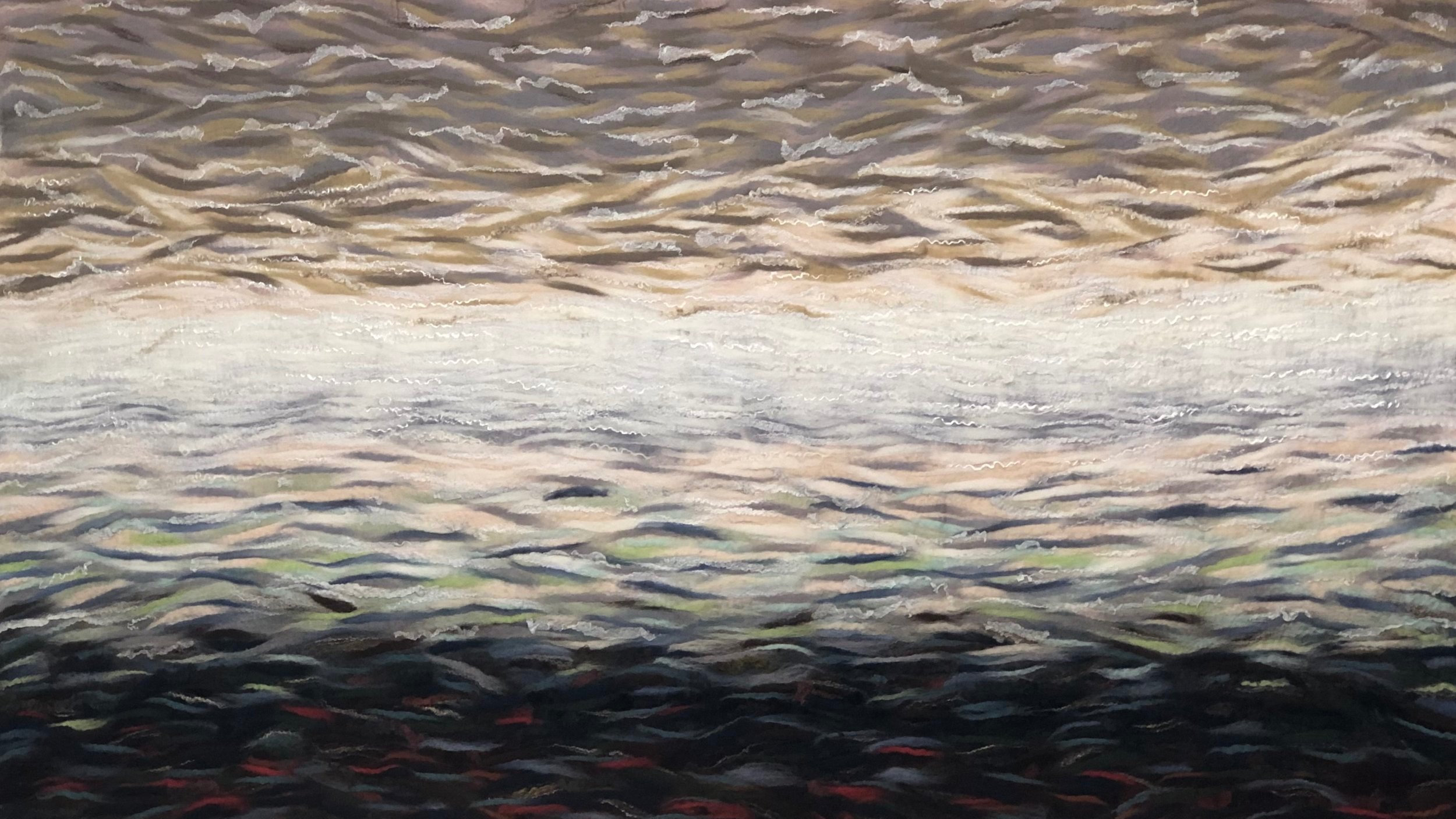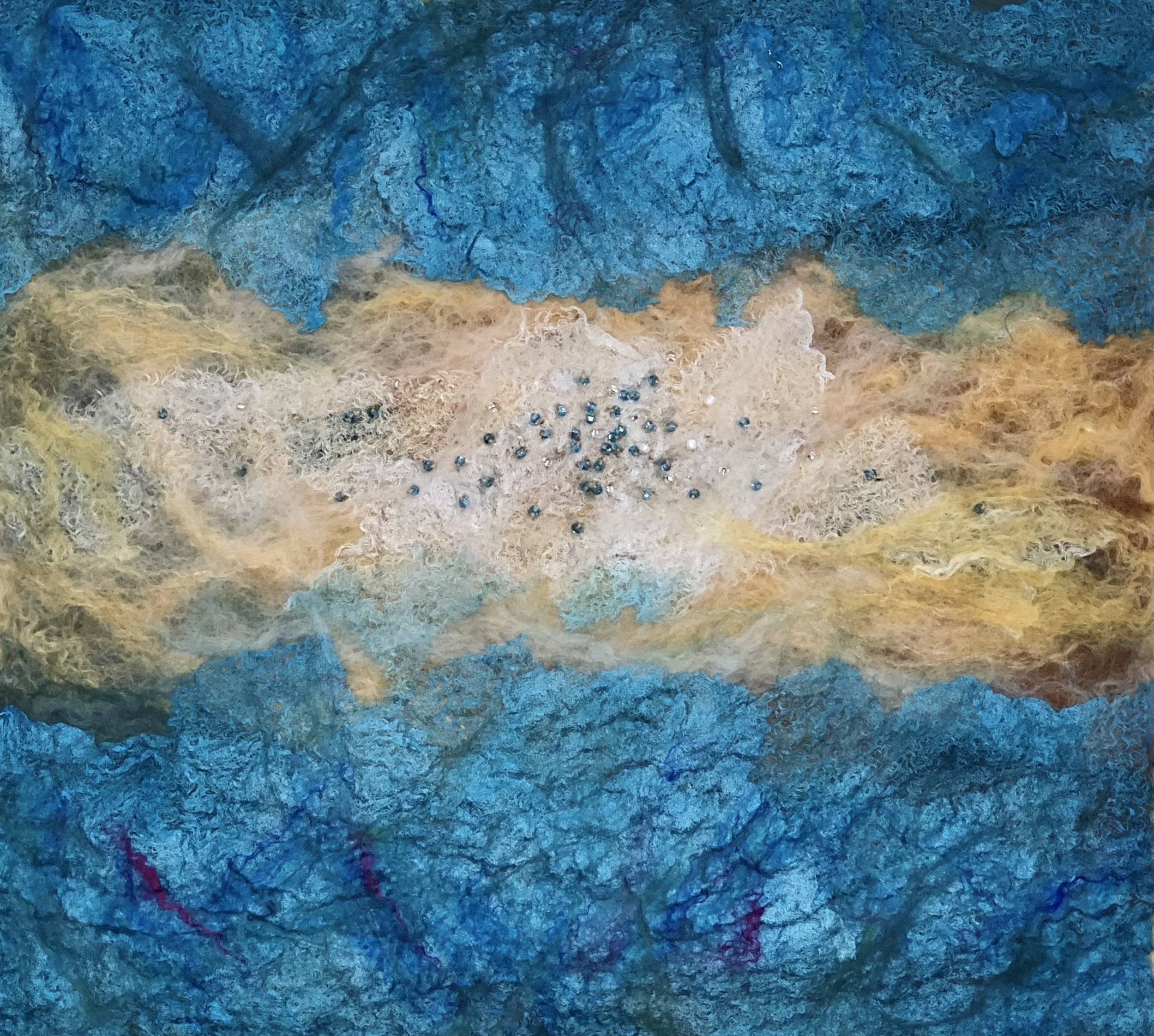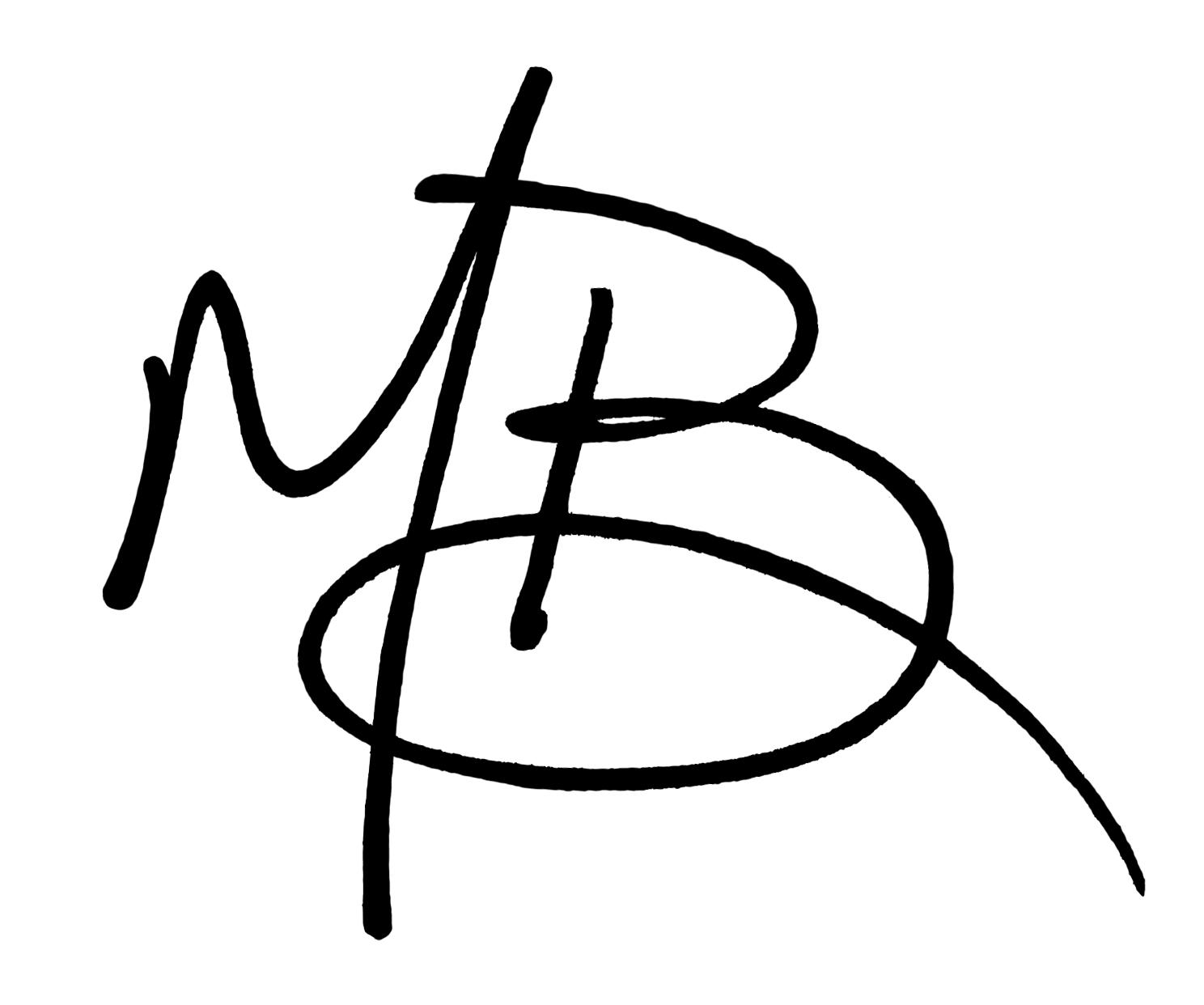
FREQUENTLY ASKED QUESTIONS
What is your art made of?
This is felted merino wool and silk, and sometimes other fibers like baby alpaca, baby camel, baby yak, tencel (a wood fiber), and other wools like Teeswater or Wensleydale long curly locks. Sometimes I also embellish with beads or stitches.
What do you mean by “felted”?
Felting is the oldest form of fabric. It is easier than weaving or knitting or crocheting because you simply lay out the fibers in the way you want them, then using warm water and a bit of soap (optional), then you massage and agitate the fibers so they mesh together and lock into a whole piece of fabric.
It is said that felting was discovered by a couple of people who stuffed their boots with wool for comfort and insulation, then took a long journey. The sweat and heat and movement caused the wool to felt together. At the end of the journey, they had socks!
How do you make your felted art?
I make felted art by layering fibers together and agitating them while wet.
To make wall art I lay down a layer of fiber perpendicular to what the final layout direction will be. For example: if my final design will have most of the fibers going horizontally, I lay out a base of fibers vertically, so I end up with fibers going perpendicular to each other.
To make scarves, I lay out the decorations first, then the background colors, then a perpendicular core of fibers, then the background colors for the other side of the scarf, and finally the decoration for the other side of the scarf. So for scarves, there are 5 layers when I have decorations.
There could be only three layers if I do not have the decorative layers.
A scarf could be made with just two perpendicular layers, or interlocking alternating layers too, but I like the way I can create a completely different look on each surface if I want to.
Some people make “spider web” scarves with only one layer going the long way, but that does not lend strength to the short dimension.
Can you imagine running your fingers through these gorgeous animals fur? Sheep’s wool, so textural and lanolin rich your hands will remember the feeling long after the moment. And, Alpaca, so soft and warm, is fluffy and amazing to work with! In addition, I love working with silk, and tencel, baby camel, baby yak, bamboo, and other new fibers I learn about.
Why do you work with fiber?
The short answer: I like how it feels, how it looks, and how it is always a partner and can surprise me. Plus, I am always learning from the fiber.
The long answer: at 17 years old, I took a course my first year of college called “Weaving, Spinning, and Dying” and we cleaned a sheep’s fleece, learned to card it, then spin it on a drop spindle. After that I knitted some mittens. I loved the way the wool feels in my hands, and how meditative the process was. My fantasy was that one day I would own sheep and make my own clothes and I would be cozy warm in the winter!
Then after raising my children and exploring many different types of art, I came back to spinning and felting because my sister Cheryl talked about it. She tends to lead the way in so many areas of my life. So I tried it and fell in love with the process: how easy it is to create art with it, how I get little surprises as I work with the fibers, and how I enjoy problem solving when something does not work out the way I had anticipated. I love how almost plastic fiber is in that it can be manipulated in so many different ways. Also, there is never any waste because even scraps can be used to decorate something, or as a last resort, to stuff a pillow, or add to the compost pile if there is no other option!
Where do you get your fiber?
Mostly I buy my fiber from online stores, already cleaned, dyed, combed, and ready to use.
I have, however, bought full fleeces, washed them, and sometimes dyed them, and used them either as loose locks, or carded them (which is a type of combing them) to loosen and untangle the fibers for spinning or felting.
When I first started working with fiber, my niece helped me find some Lincoln Longwool at a local farm she located online. We went to the farm and talked to the woman who had the sheep. She brought out a couple bags of wool for me to see. I bought them both because they were both so pretty. We took the fleeces home and my niece taught me and my kids how to wash, comb, and spin the wool on a spinning wheel (which I had been intimidated by in the past). I loved it!
Here are a few of my favorite online stores for fiber:
Outback Fibers
The Woolery
Paradise Fibers
Living Felt (I just discovered this store and ordered some rarified marginal silk from them)
Etsy (Mainly for Wensleydale and Teeswater wool locks)
Above are two examples of gossamer and featherweight silk fabric from Outback Fibers.
The gossamer is lighter and binds with the fibers most easily during felting.
Where do I get my silk fabric for felting?
Where do I get silk gauze for felting?
Buying silk fabric has been a journey of trial and error for me. Without a guide I bought a lot of silk that turned out not to be good for felting.
Between buying recycled silk sari’s from India (which took months to be delivered) to buying silk from my favorite fiber stores online that were not great for felting, I finally found the perfect silk for my felting tastes. Here are the key words to look for when buying loosely woven fine silk fabric for felting:
Margilan Silk Fabric - Rarefied Uzbek
Margilan Butterfly Silk Gauze Fabric from Uzbekistan
Gossamer is lighter weight than featherweight and felts more readily.
How did you learn this?
I heard about felting from my sister Cheryl, who is an artist in her own right. So I looked it up online and watched some YouTube videos. I started making scarves based on what I learned there.
As time went by, I discovered my favorite felting artists and wanted to learn from them. I did my best to figure it out by looking at the things they made, but finally I bought classes from them to learn their techniques.
One of these women in Diana Nagorna.
Another of these women is Yekaterina Mokeyeva.
Here are links to each of these artists.
Diana Nagorna: The History of One Dress
One of the classes I bought from her is how to make this fabulous dress.
I was mesmerized by this video and explored all her videos and then relished
taking some classes from her through video.
Another amazing teacher I have taken online classes from is yekaterina (katia) mokeyeva.
Here is a link to Yekaterina Mokeyeva’s website

























